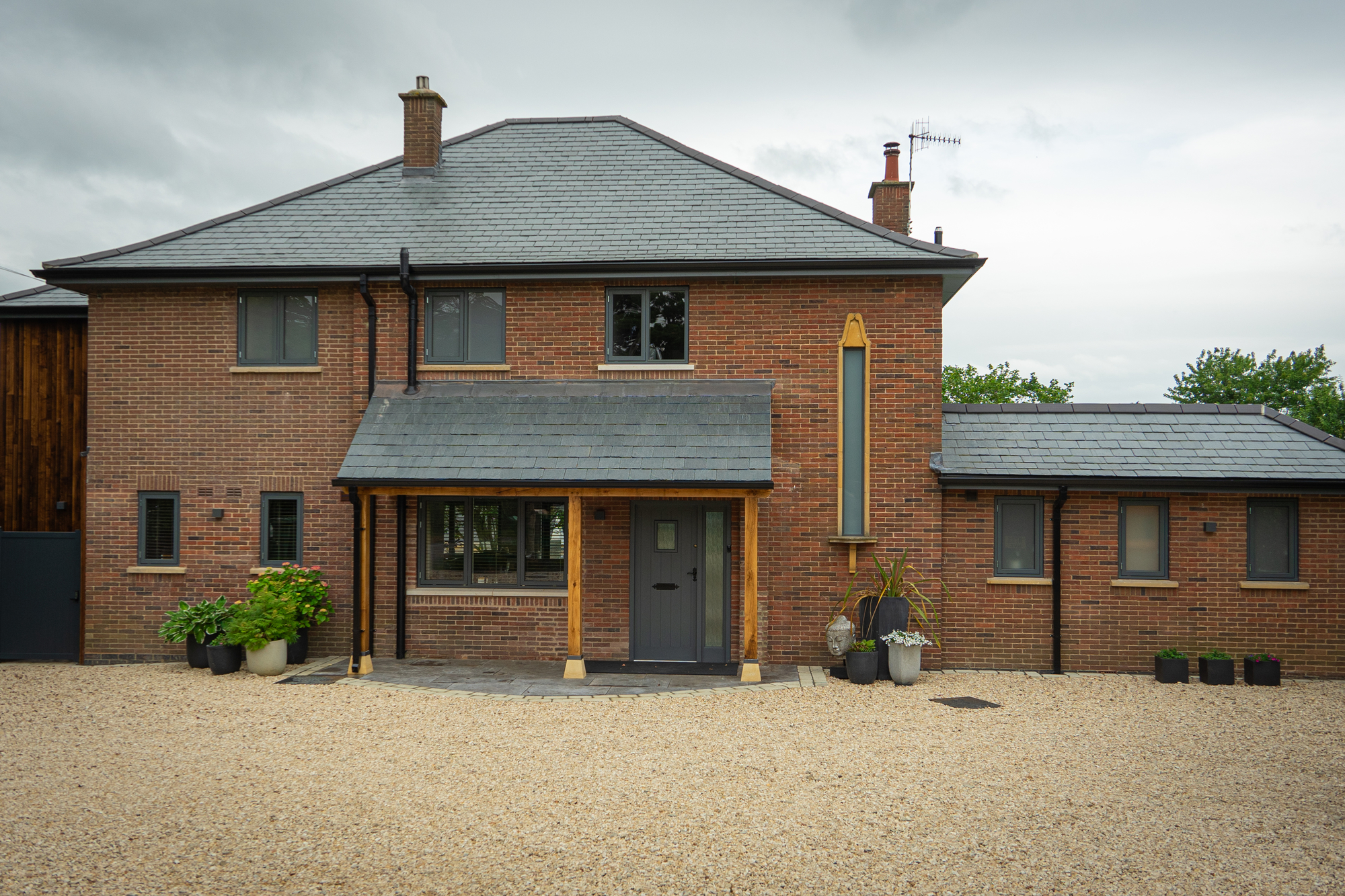The Rising Demand for Window Installation: A Look at Trends and Innovations

In recent years, the window installation industry has experienced a significant transformation, driven by advancements in technology, a growing emphasis on energy efficiency, and an increasing awareness of aesthetic appeal in residential and commercial buildings. As homeowners and businesses seek to enhance their spaces, the demand for high-quality Window Installation Harpenden installation has surged, leading to a booming market that shows no signs of slowing down.
One of the primary factors contributing to the rise in window installation is the heightened focus on energy efficiency. With climate change concerns at the forefront of public consciousness, many individuals and organizations are prioritizing sustainable practices. According to the U.S. Department of Energy, windows account for a substantial portion of energy loss in buildings, leading to increased heating and cooling costs. As a result, energy-efficient windows have become a popular choice for homeowners looking to reduce their carbon footprint and save on utility bills.
Modern window technologies, such as double or triple glazing, low-emissivity (low-E) coatings, and gas fills between panes, have made it possible for windows to provide superior insulation. These innovations not only help maintain a comfortable indoor temperature but also reduce the reliance on heating and cooling systems, thereby lowering energy consumption. Window installation professionals are increasingly trained to advise clients on the best options for their specific needs, ensuring that they make informed decisions that align with their energy efficiency goals.
In addition to energy efficiency, aesthetic considerations play a crucial role in the decision-making process for window installation. Homeowners are increasingly looking for windows that not only serve a functional purpose but also enhance the overall design of their homes. The market has responded to this demand by offering a wide variety of styles, materials, and finishes. From traditional wooden frames to sleek aluminum designs, consumers can choose windows that complement their architectural style and personal taste.
Moreover, the trend towards larger windows and open-concept spaces has gained traction in recent years. Homeowners are opting for expansive windows that allow for natural light to flood their interiors, creating a sense of openness and connection with the outdoors. This shift in design philosophy has led to an increased demand for professional installation services that can accommodate larger and more complex window structures.
As the window installation industry evolves, so too does the technology used in the installation process. Advanced tools and techniques are making it easier for professionals to install windows accurately and efficiently. For instance, the use of laser measuring tools ensures precise measurements, reducing the risk of errors and the need for costly adjustments. Additionally, innovative installation methods, such as the use of pre-fabricated window units, streamline the process and minimize disruption to homeowners.
The rise of smart home technology has also impacted the window installation market. Homeowners are increasingly seeking windows that can integrate with their smart home systems, allowing for automated opening and closing, as well as enhanced security features. Companies are responding by developing windows equipped with sensors and smart controls that can be managed remotely via smartphones or home automation systems. This integration of technology not only adds convenience but also enhances the overall functionality of windows in modern homes.
However, the growing demand for window installation services is not without its challenges. The industry faces a skilled labor shortage, with many experienced installers retiring and not enough new talent entering the field. This shortage can lead to delays in projects and increased costs for consumers. To combat this issue, many companies are investing in training programs and apprenticeships to attract and develop the next generation of window installation professionals.
Moreover, the supply chain disruptions caused by the COVID-19 pandemic have also affected the window installation industry. Delays in the production and delivery of materials have led to longer wait times for customers seeking new windows. Companies are working diligently to navigate these challenges, establishing stronger relationships with suppliers and exploring alternative materials to ensure that they can meet the growing demand.
As the window installation market continues to expand, consumer education will play a vital role in shaping the industry's future. Homeowners are encouraged to conduct thorough research and seek out reputable installation professionals who can provide guidance on the best options for their specific needs. Understanding the various types of windows available, their energy efficiency ratings, and the installation process can empower consumers to make informed decisions that will enhance their homes for years to come.
In conclusion, the window installation industry is experiencing a renaissance, driven by a combination of energy efficiency, aesthetic appeal, technological advancements, and consumer demand. As homeowners and businesses prioritize sustainability and design, the need for high-quality window installation services will only continue to grow. While challenges such as labor shortages and supply chain disruptions persist, the industry's resilience and adaptability will ultimately shape its future. With a focus on innovation and education, window installation professionals are well-positioned to meet the evolving needs of their clients, ensuring that every installation contributes to a more energy-efficient and aesthetically pleasing built environment.